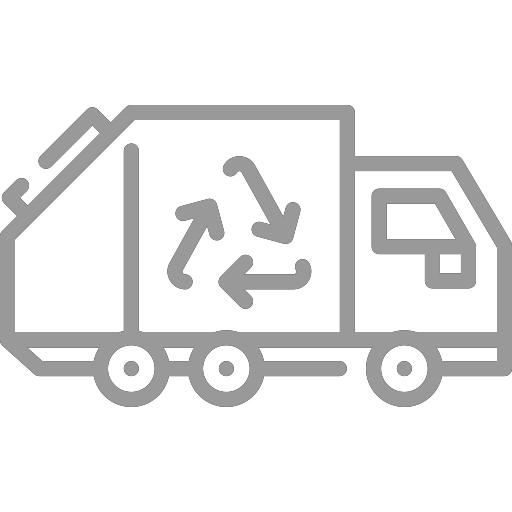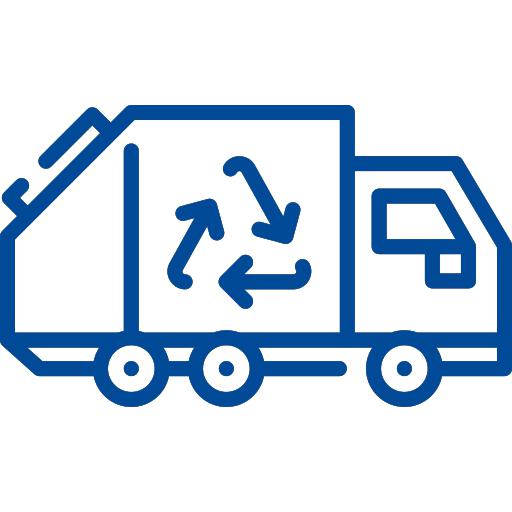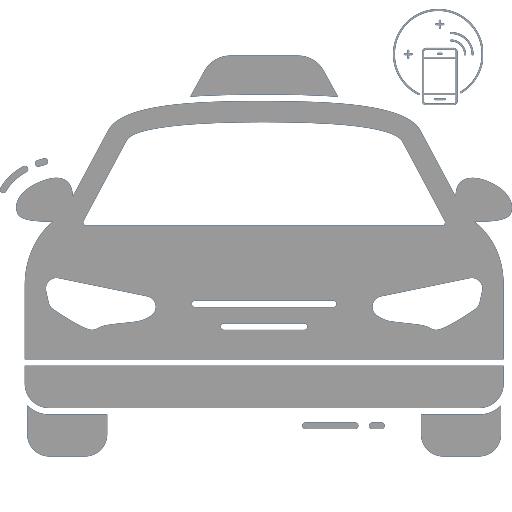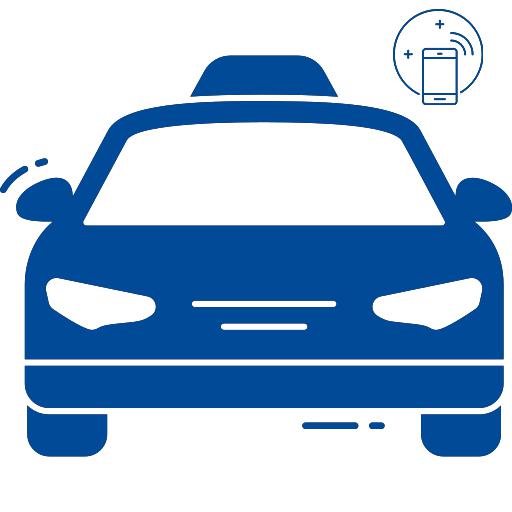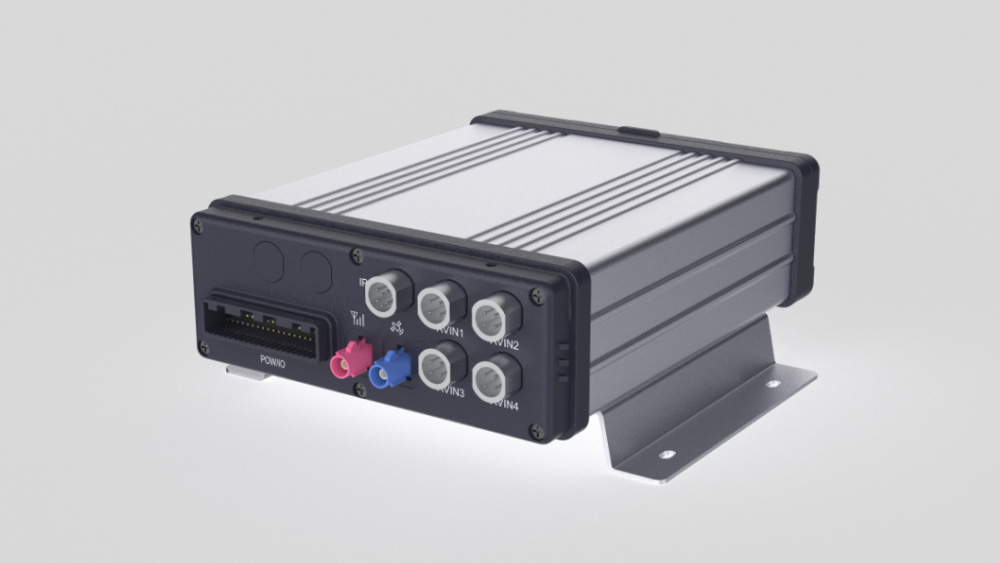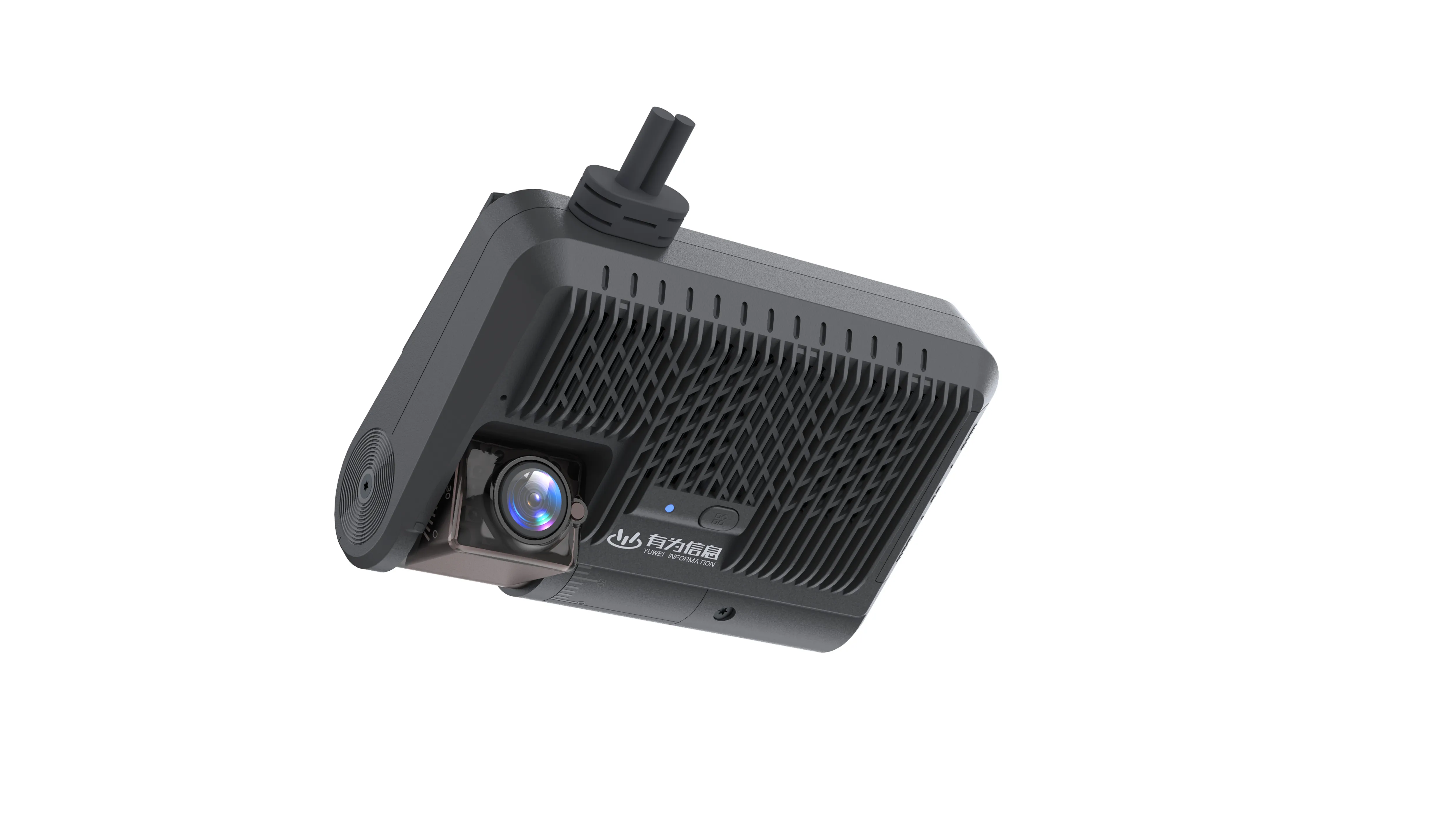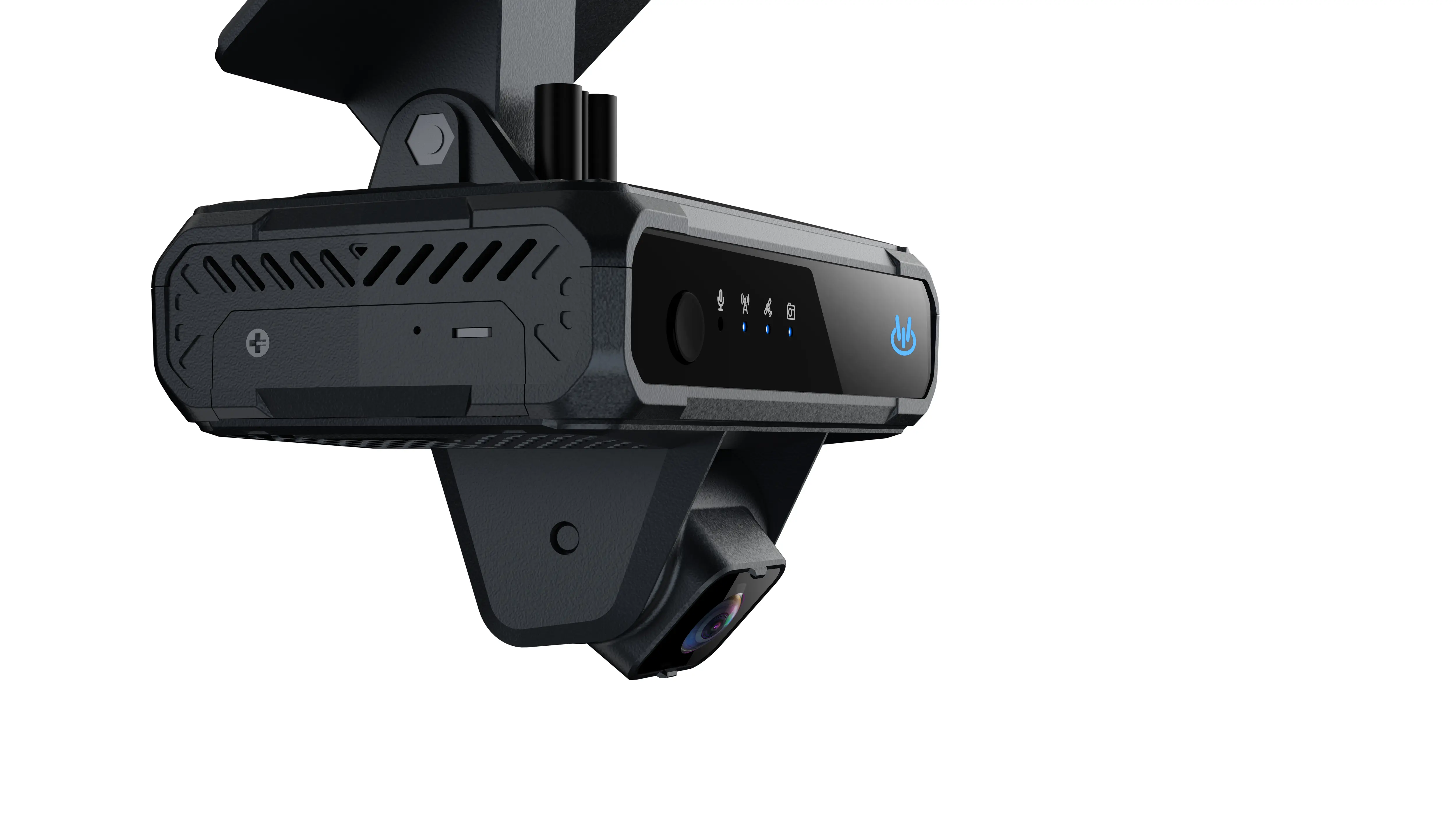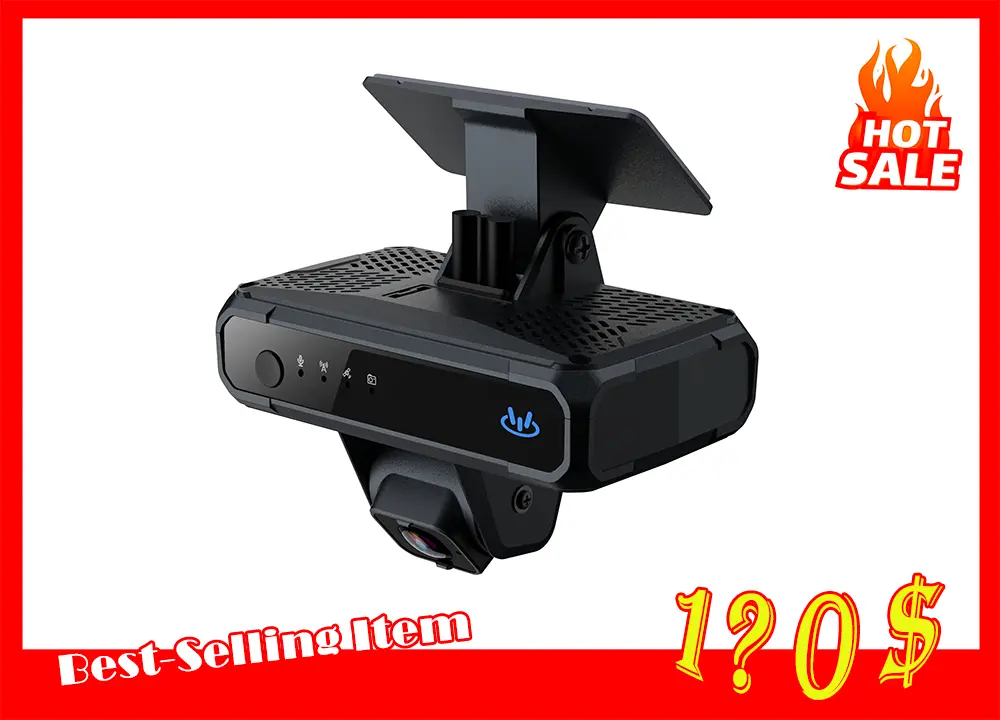Best Dash Cam for Fleets
Dash Cam for Fleets
A dash cam, also known as a car DVR (Digital Video Recorder), is a compact video recording device installed in vehicles to capture real-time videos while driving. They can record accidents, provide evidence for insurance claims, prevent fraud, and offer a perspective of the journey as well as impartial witness accounts. Dash cams typically have additional features such as loop recording, GPS tracking, and night vision capabilities.

When choosing a dash cam, factors to consider include storage capacity, GPS tracking, night vision capabilities, as well as ease of installation and use. Dash cams are popular among drivers, law enforcement agencies, and commercial vehicle operators.
Dash cams hold significant importance in today's driving environment as they enhance safety and accountability while providing a more enjoyable driving experience. Understanding dash cams entails knowledge of their basic functions, installation methods, as well as legal and privacy considerations during usage.
The best dash cam for fleets is the YUWEI V5, an intelligent video remote information processing device designed specifically for the video monitoring industry. It is a feature-rich 4G dash cam that supports up to four cameras, providing real-time audio and video recording with dual TF card storage. Through global 4G network connectivity, it enables real-time video transmission, while GPS/BDS positioning ensures accurate tracking. The V5 also integrates built-in active safety algorithms (ADAS, DSM) to enhance safety. It is widely used in industries such as ride-hailing, taxis, logistics, and official vehicles.
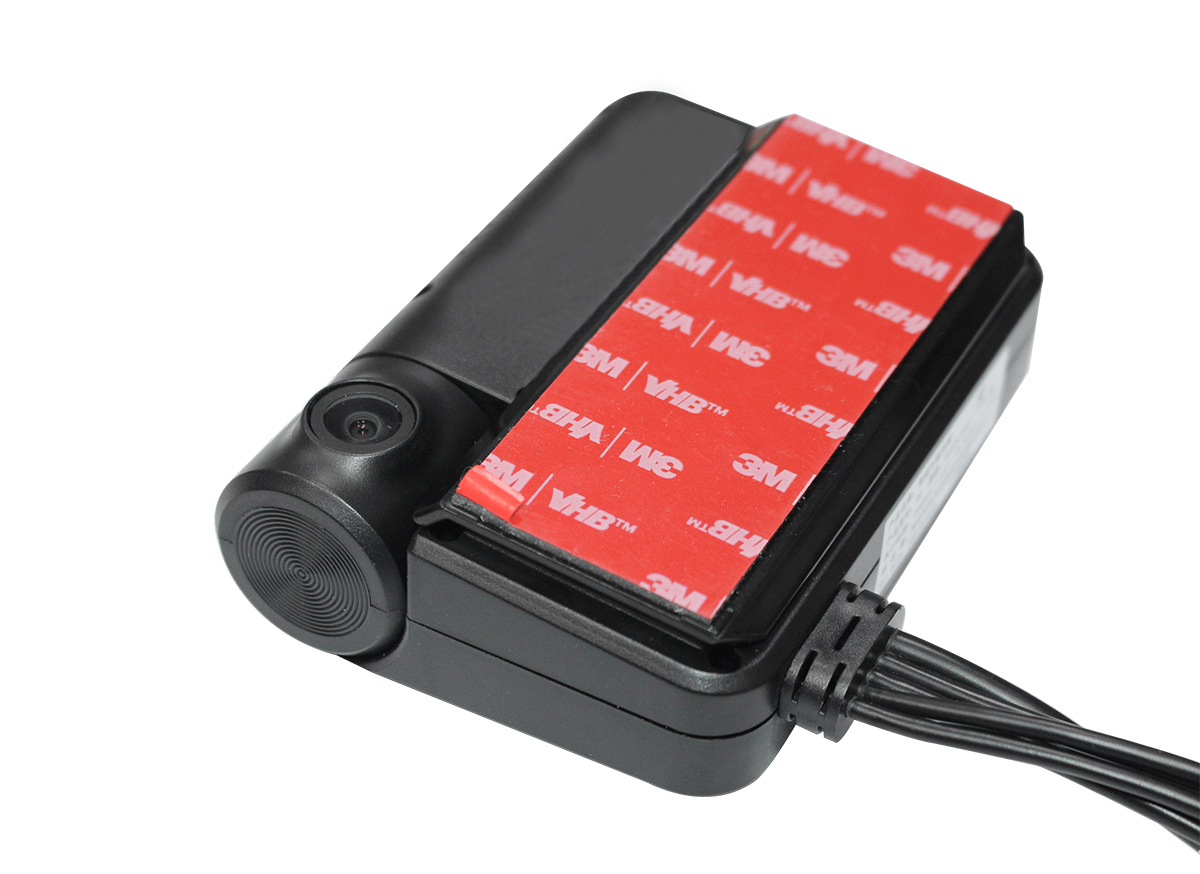
Types of dash cams primarily include single-channel, dual-channel, and rear-view dash cams.
more:Dash Cam for Fleets
Single-channel dash cams are the most common and simplest type, consisting of a single camera used to record the front view of the vehicle. They have the following characteristics and advantages:
- Forward-facing recording: Single-channel dash cams focus on recording situations occurring in front of the vehicle, suitable for capturing accidents, scenic drives, and monitoring one's own driving behavior.
- Compact design: They typically have a compact structure and are easy to install, often fixed on the windshield or dashboard using suction cups or adhesive.
- Cost-effective: Single-channel dash cams are usually cheaper than multi-channel models, making them suitable for consumers with limited budgets.
Dual-channel dash cams consist of two cameras, one for recording the front view and the other for recording the rear view of the vehicle. They offer the following features and advantages:
- Front and rear recording: Dual-channel dash cams provide front and rear protection, capturing rear-end accidents and providing comprehensive surveillance.
- Peace of mind: The presence of two cameras provides added peace of mind, capturing footage from different angles, which is favored by ride-sharing drivers.
- Parking mode: Many dual-channel dash cams have a parking mode feature, allowing continuous recording even when the vehicle is parked, preventing hit-and-run incidents or intentional damage.
Rear-view dash cams are primarily used to monitor the rear view of the vehicle and can be either single-channel or combined with front-facing dash cams. They have the following characteristics and advantages:
- Rear-view recording: Rear-view dash cams enhance the rear visibility, assisting with parking and recording events occurring at the rear of the vehicle.
- Versatility: Some drivers prefer pairing rear-view dash cams with front-facing dash cams to obtain a comprehensive view of the surroundings, especially useful for large vehicles such as trucks and SUVs.
Choosing the appropriate type of dash cam depends on specific needs, budget, and preferences. For comprehensive protection and capturing events from different directions, a dual-channel dash cam is a good choice. If cost-effectiveness is a higher priority, single-channel dash cams still provide valuable coverage of the front area. Rear-view dash cams may be the best option if improving rear visibility is the primary objective. The key is to evaluate your requirements and select the type that suits your driving habits and safety concerns.
When selecting a dash cam, consider the following key factors:
Video quality and resolution: Choose a dash cam with at least 1080p resolution (Full HD) for clarity. Higher resolutions such as 1440p (2K) or 2160p (4K) capture more details and make it easier to identify license plates and road signs, among others.
Field of view and lens quality: Dash cams with a wide field of view (typically 150-170 degrees) capture a broader area, reducing blind spots. High-quality lenses ensure sharp and clear footage.
Low-light and night vision capabilities: Select a dash cam with infrared LEDs to provide night vision capabilities for driving at night or in low-light conditions, ensuring sufficient visibility in the dark.
GPS and location tracking features: Some dash cams have built-in GPS modules that record the vehicle's position and speed, which is useful for accurately documenting the location of events.
Storage options (SD card or cloud): Most dash cams use removable microSD cards for video storage. Ensure that the dash cam supports the capacity and class of your chosen memory card. Cloud storage options can provide remote access to your recordings and offer an additional layer of security against physical damage or loss.
Parking mode and collision sensors: Choose a dash cam with parking mode and collision sensors, allowing it to continue recording even when the vehicle is parked. Recording is automatically triggered when the sensors detect a collision or other physical disturbances.
Wi-Fi and smartphone app compatibility: Select a dash cam with Wi-Fi and a corresponding smartphone app for convenient viewing, downloading, and sharing of videos directly from your phone.
Installation method (suction cup, adhesive, or mirror attachment): Consider how the dash cam will be installed on the windshield or rear-view mirror. Suction cup mounts are adjustable and easy to remove, while adhesive mounts provide a more permanent installation.
Legal and privacy considerations: Ensure that the chosen dash cam complies with local laws and regulations and respects privacy regulations. Some regions may have privacy laws governing the use of dash cams, such as restrictions on audio recording or obstructing the driver's view.
Email:hello@yuweitek.com

















